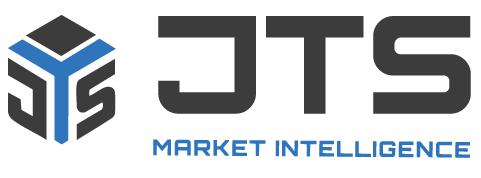
Artificial Lift Optimization Systems
________________
Artificial Lift Optimization Systems play a critical role in maximizing production efficiency and extending the economic life of oil and gas wells. As reservoir pressure declines over time, artificial lift methods—such as gas lift, electric submersible pumps (ESPs), and rod lift systems—are deployed to maintain flow rates. Optimization systems enhance these methods by using real-time data, advanced analytics, and control algorithms to dynamically adjust lift parameters based on changing well conditions. This ensures that energy input is efficiently distributed, minimizing downtime and maximizing output across multiple wells.
In today’s complex production environments, these systems also help operators navigate constraints like limited gas availability, separator capacity, and water handling infrastructure. By integrating with digital platforms and field instrumentation, artificial lift optimization enables predictive maintenance, reduces operational costs, and improves overall asset performance. For operators managing diverse well portfolios, these systems are essential tools for achieving consistent, high-yield production while adapting to evolving technical and economic challenges.
Artificial Lift Optimization Systems play a critical role in maximizing production efficiency and extending the economic life of oil and gas wells. As reservoir pressure declines over time, artificial lift methods—such as gas lift, electric submersible pumps (ESPs), and rod lift systems—are deployed to maintain flow rates. Optimization systems enhance these methods by using real-time data, advanced analytics, and control algorithms to dynamically adjust lift parameters based on changing well conditions. This ensures that energy input is efficiently distributed, minimizing downtime and maximizing output across multiple wells.
In today’s complex production environments, these systems also help operators navigate constraints like limited gas availability, separator capacity, and water handling infrastructure. By integrating with digital platforms and field instrumentation, artificial lift optimization enables predictive maintenance, reduces operational costs, and improves overall asset performance. For operators managing diverse well portfolios, these systems are essential tools for achieving consistent, high-yield production while adapting to evolving technical and economic challenges.





